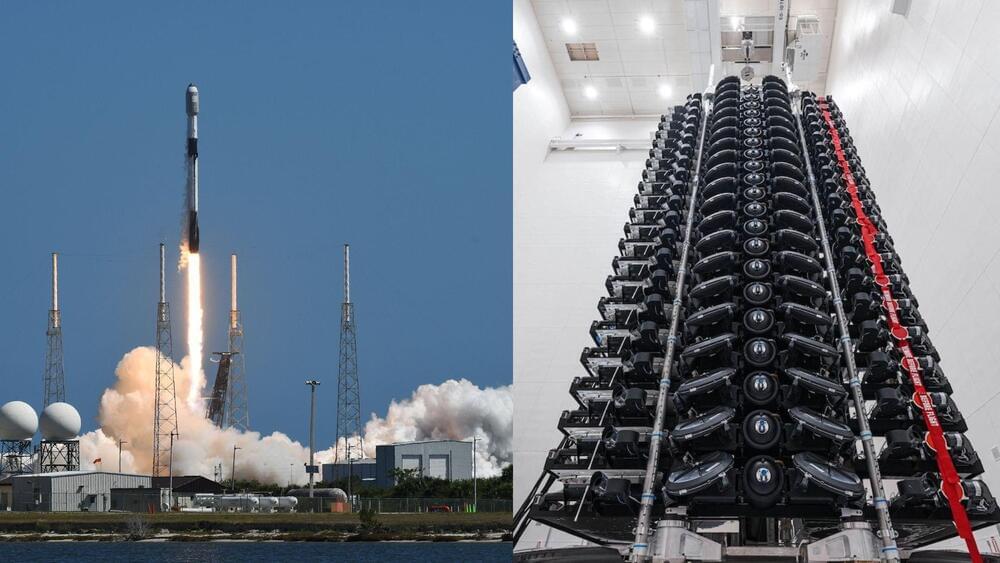By Chuck Brooks
Every new year creates a new opportunity for optimism and predictions. In the past couple of years, emerging technology has permeated almost all areas of our lives. There is much to explore! In this article, I focus on three evolving technology areas that are already impacting our future but are only at the early stages of true potential: artificial intelligence, quantum computing, and space systems.
In addition to my own thoughts and perspectives, I reached out to several well-known subject matter experts on those very topic areas to share their valued insights.
Artificial Intelligence is on the Cusp of Transforming Civilization
Artificial intelligence (AI) is a highly intriguing and hotly contested subset of emerging technology. Science fiction no longer exists in the realm of AI. Businesses are currently working on technologies that will enable artificial intelligence software to be installed on millions of computers worldwide.









